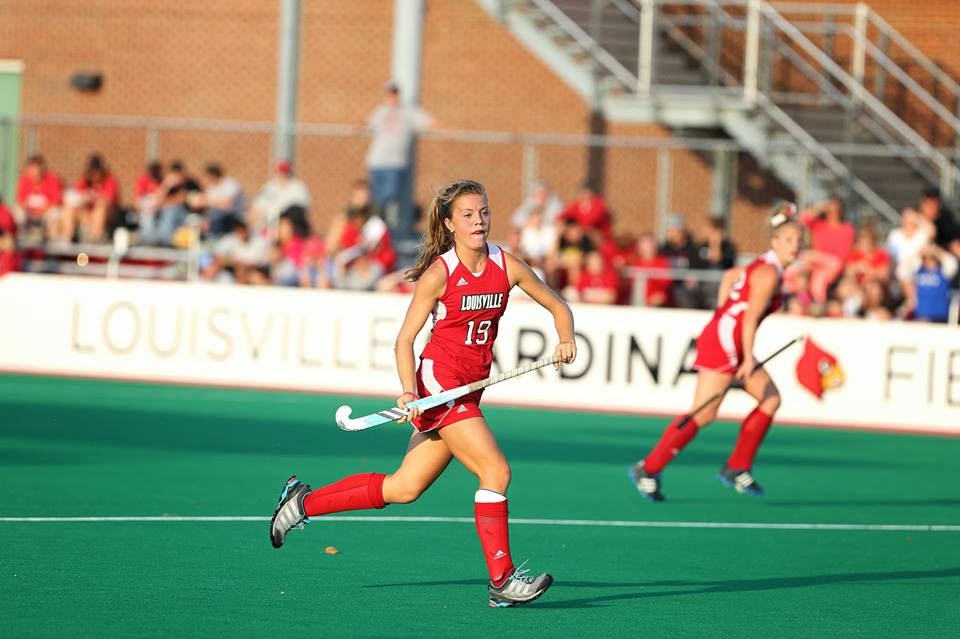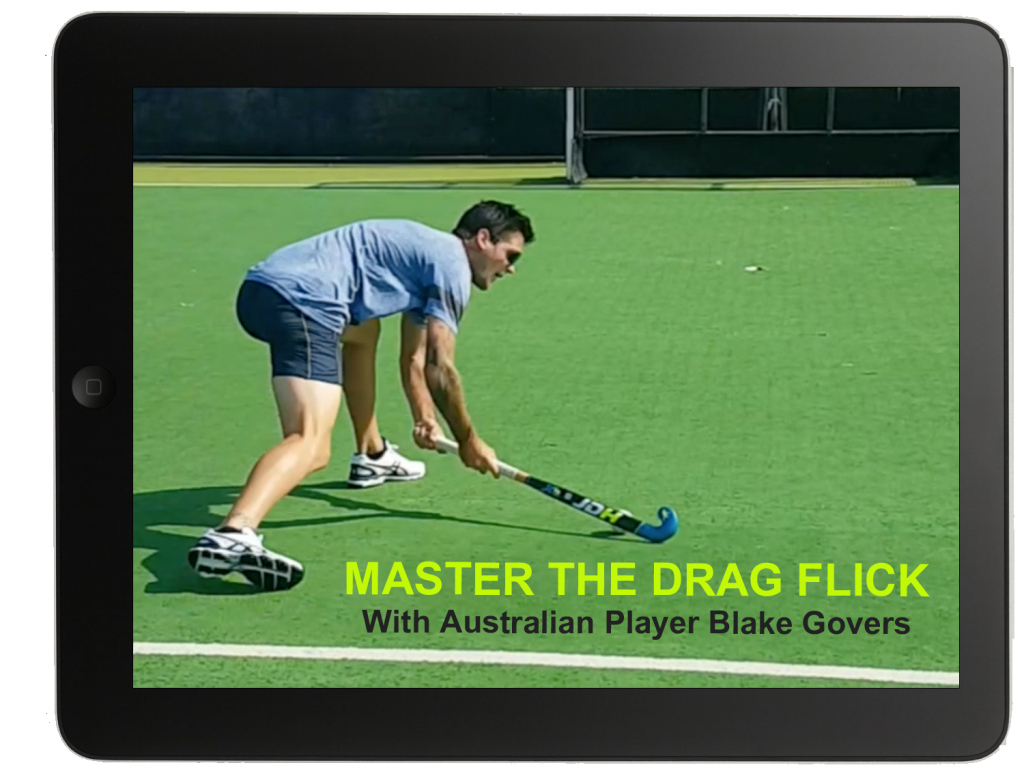Common Field Hockey Mistakes
I recently did an article on the 7 Mistakes Hockey Players Make Before They Start Playing which got a lot of attention and proved to be very popular, so I decided to follow it up with another article on the common mistakes that players make after they get onto the pitch.
Let us know by commenting below if you agree with these or if there are any others you would add.
Here’s the list (in no particular order):
1. Ball watching
Players who are not on the ball can often get caught out and lose focus of where their player is. They get drawn into watching where the ball is, instead of what their player is doing. It is important to position yourself in such as way that you can see both your player and also what is happening in the game.  This could be as simple as changing the position of your feet or which way your body faces. You could also be holding back and not getting involved because of the fear of getting beaten.
This could be as simple as changing the position of your feet or which way your body faces. You could also be holding back and not getting involved because of the fear of getting beaten.
2. Diving in for tackles
Having patience in hockey is not always easy, especially when you have skilful players that show the ball and are just waiting for you to commit to tackle them. Diving in for tackles can cause chaos at the back. It is helpful to be aware of what is happening behind you so that you can judge the situation (i.e. 3 vs 2) and make the best decision in that scenario.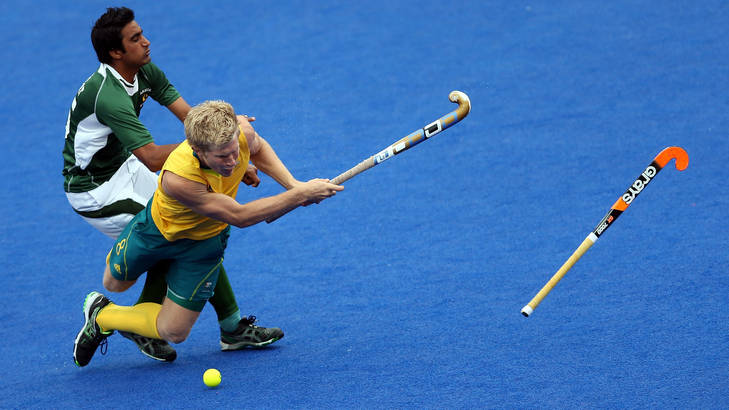
Although sometimes a desperate tackle may be necessary, the best defenders rarely make many tackles, instead they can dictate where the striker goes by channeling or jabbing and then try to force them to make a mistake. Instead be patient and set the player up dictating where you want them to go.
3. Moaning about umpires
I am sure every team and player around the world can relate to this point. A lot of players struggle with bad umpiring, but we often forget the umpires decision is not something that we can control. Sometimes people blame umpires for one mistake which determines the game and players forget that they have probably make several mistakes in the game which could have changed the game.
Frustration with umpires is a mental battle and was something that I had to learn how to control before I could reach higher levels in my own hockey.
4. Not being available for the ball
This point is typical of players who doubt their ability and think things like “I hope I don’t mess up.” Often players hide away in games in the fear of making mistakes and often they don’t realise they are doing it because they are so distracted with their own thoughts.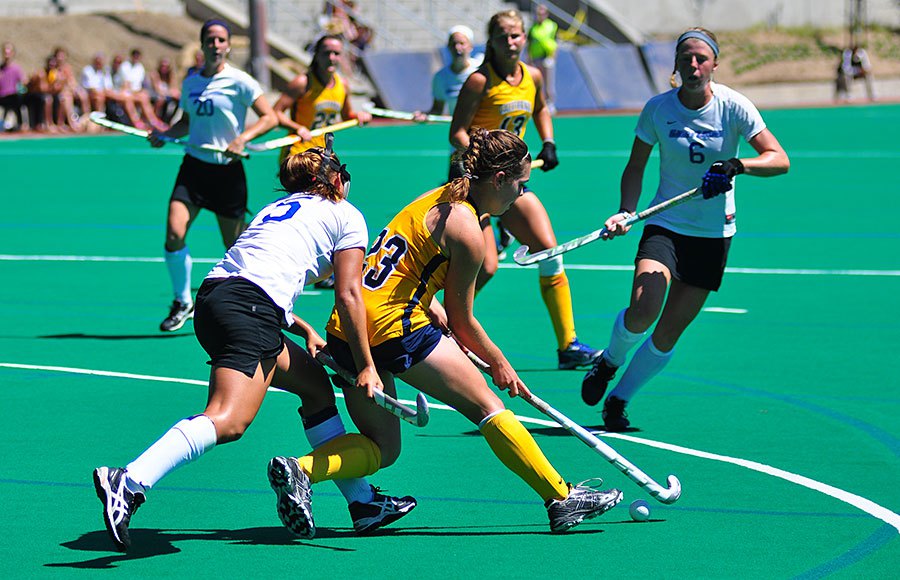
Something that I have realised since I started watching video analysis is that just because you think you are available, it doesn’t mean you are the best option. If you are not getting the ball then consider what the player on the ball sees; are you available in their eyes and are you leading explosively to create enough space to convince them that you are on for the pass?
5. Giving the ball away under pressure
The #1 reason people panic under pressure is because they don’t have confidence in themselves and doubt their ability. This can often cause thoughts along the lines of “I must get rid of the ball” or “I don’t want to get tackled.” This is self destructive thinking which causes errors of judgement and results in poor decision making.
Another common conflict which causes panic in hockey is “should I pass or should I shoot?” and often results is no decision at all (i.e. a bad pass or running into a flat stick). Managing your mental state is one area that I specialise in helping players with, you can request a free session with me here
FREE Hockey Video Series: Unlock your potential & become the best you can be - To get access click here
6. Square passes
How many times have you seen square balls get intercepted in games which leads to a counter-attack? Clever players will try to set their opposition up to make a square pass, they will wait for their head to go down before pouncing to make the interception. Be careful when making square passes unless there are no opposition players nearby.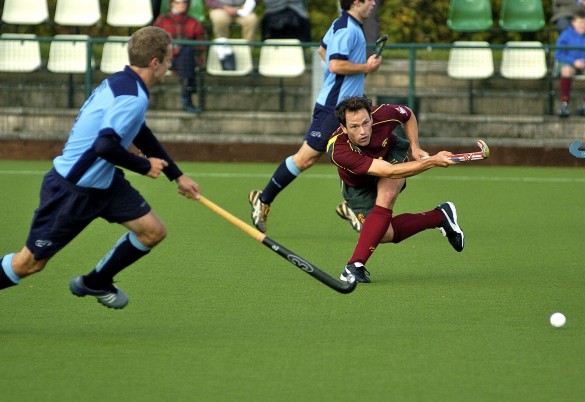 Rather try to pass into spaces for players to run onto or using angles to make it harder for the opposition to intercept.
Rather try to pass into spaces for players to run onto or using angles to make it harder for the opposition to intercept.
7. Running in straight lines
In hockey, if you run in straight lines it is much easier for a defender to tackle you. Running at angles forces the opposition to react and make a decision. It also makes it harder for the opposition to tackle you because you can use your body to shield the ball and keep it out of their reach. 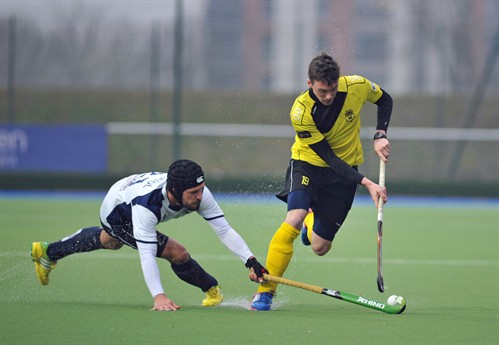 You can also work on the change of your speed and agility to be better able to change direction quickly.
You can also work on the change of your speed and agility to be better able to change direction quickly.
8. Not re-leading
As a striker myself, I can say that one of the most frustrating things is when you keep making leads and you don’t get the ball. But, that is no reason to stop leading, or even to stop leading explosively. If you make a lead and don’t get the ball you need to re-lead to open up the space for someone else and to keep the opposition on their toes.
Likewise when I have played in midfield, it is very frustrating when you don’t have any passes on because everyone is standing still waiting for you to pass the ball.
You can develop your hockey fitness to be able to make repeated explosive leads which will reduce your fatigue between leads. Remember just because you make a lead, it doesn’t mean that you are the best option to pass to, you need to trust the person on the ball to make the best decision. Hockey is after all a team game and leads can also create space for other players.
9. Don’t pre-scan
Often you see players who have their heads down and don’t look up because they have been closed down when they receive the ball. One way to make this easier and to give yourself more time is to pre-scan. The benefit of pre-scanning is to give your brain information of what is happening around you.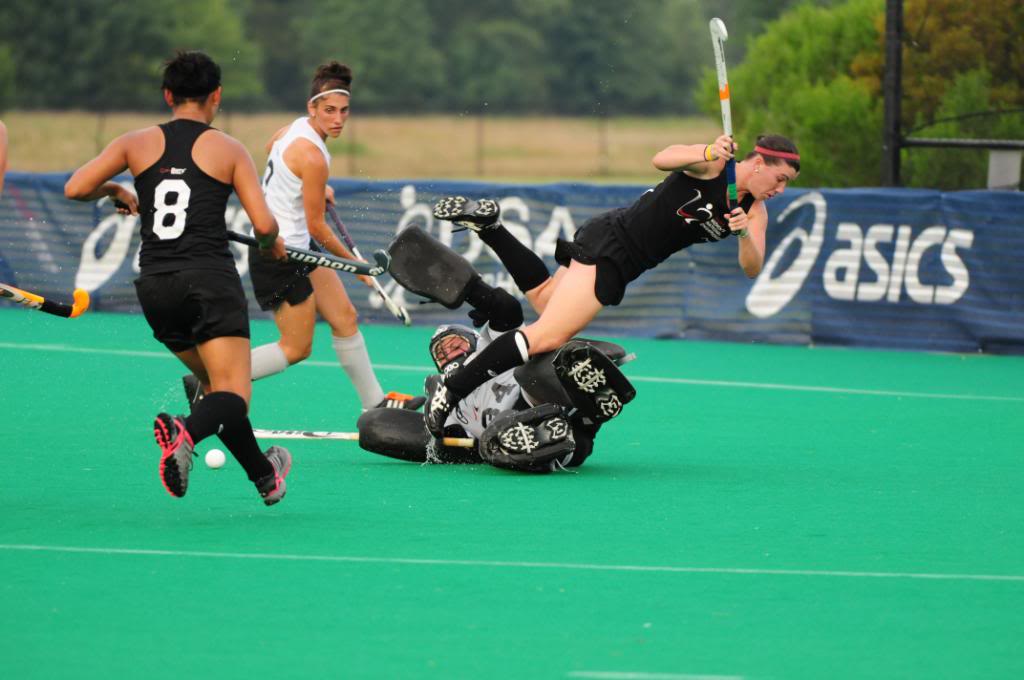
Pre-scanning can tell you a lot of information such as where your defender is positioned, where the space is, where your team mates are, etc. This is useful in knowing your next action, whether it is your next pass, if you should run into space or create a 2 v 1 on a player for example. To pre-scan is simple but so many people forget to do it.
10. Pass to players instead of into space
Another thing that you see a lot of is mis-communication or bad passing, often players pass to where their team mates are, instead of where they are going to be. Some players have great vision on the field but by the time they make the pass and the ball reaches the other player, the situation or positioning has changed. Good passers are able to anticipate where the player wants to receive the ball, rather than where they are at the time that you make eye contact.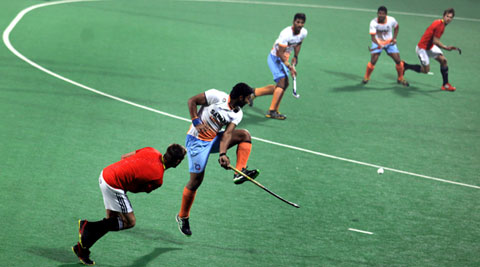
You need to be able to read the situation and look for the space, as most players particularly faster players want to receive the ball in a space on the move as that is when they are most dangerous.
Related post: 7 mistakes hockey players make before they start playing
Don’t forget to leave your thoughts and comments below.
Enjoy this post?
Signup below to access our FREE 5 part hockey video series which takes you through the key area’s of improving your hockey and reaching the next level
FREE 5 Part Video Series - Unlock Your Potential & Be The Best You Can Be
Just tell us where to send the videos

